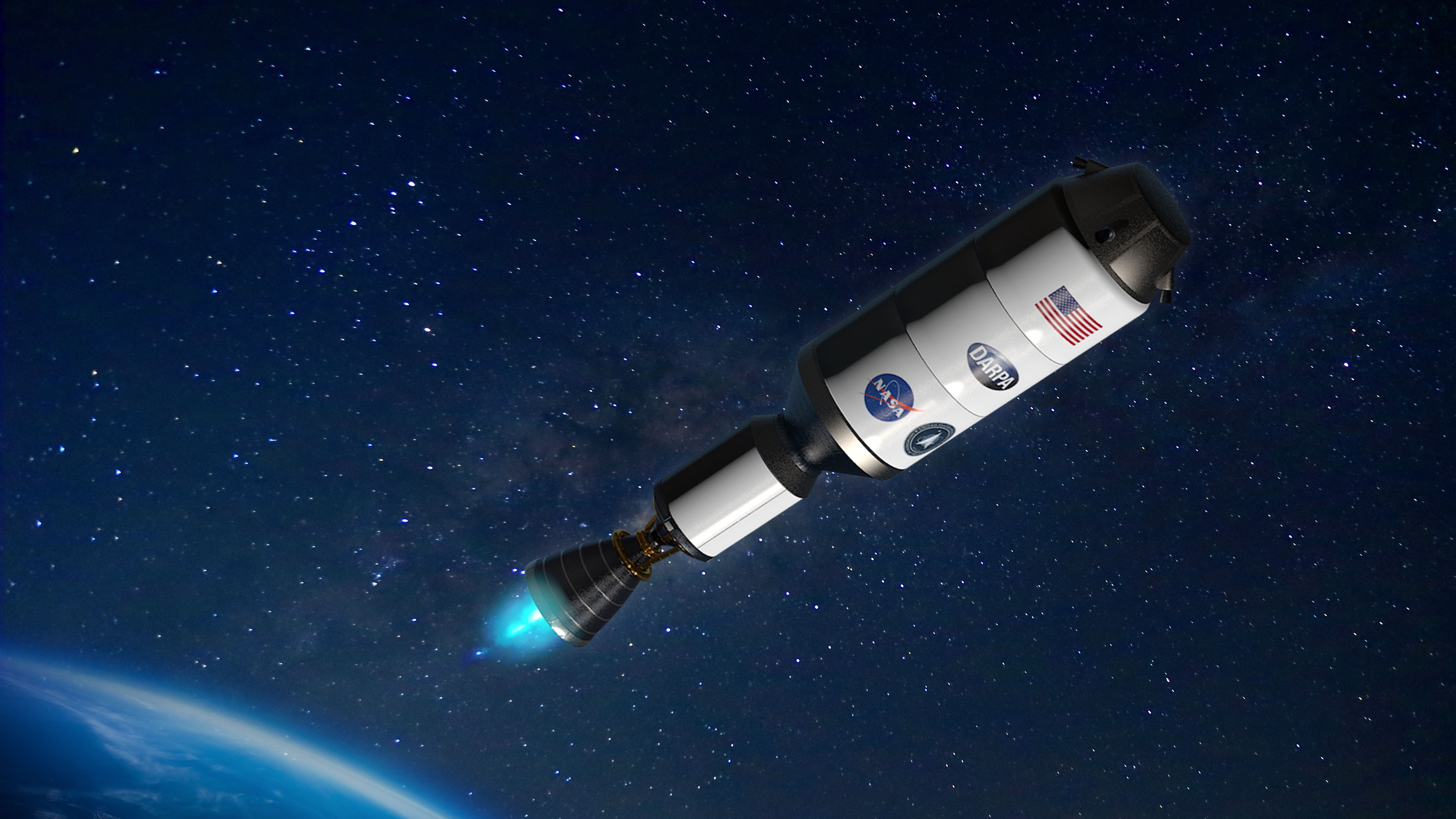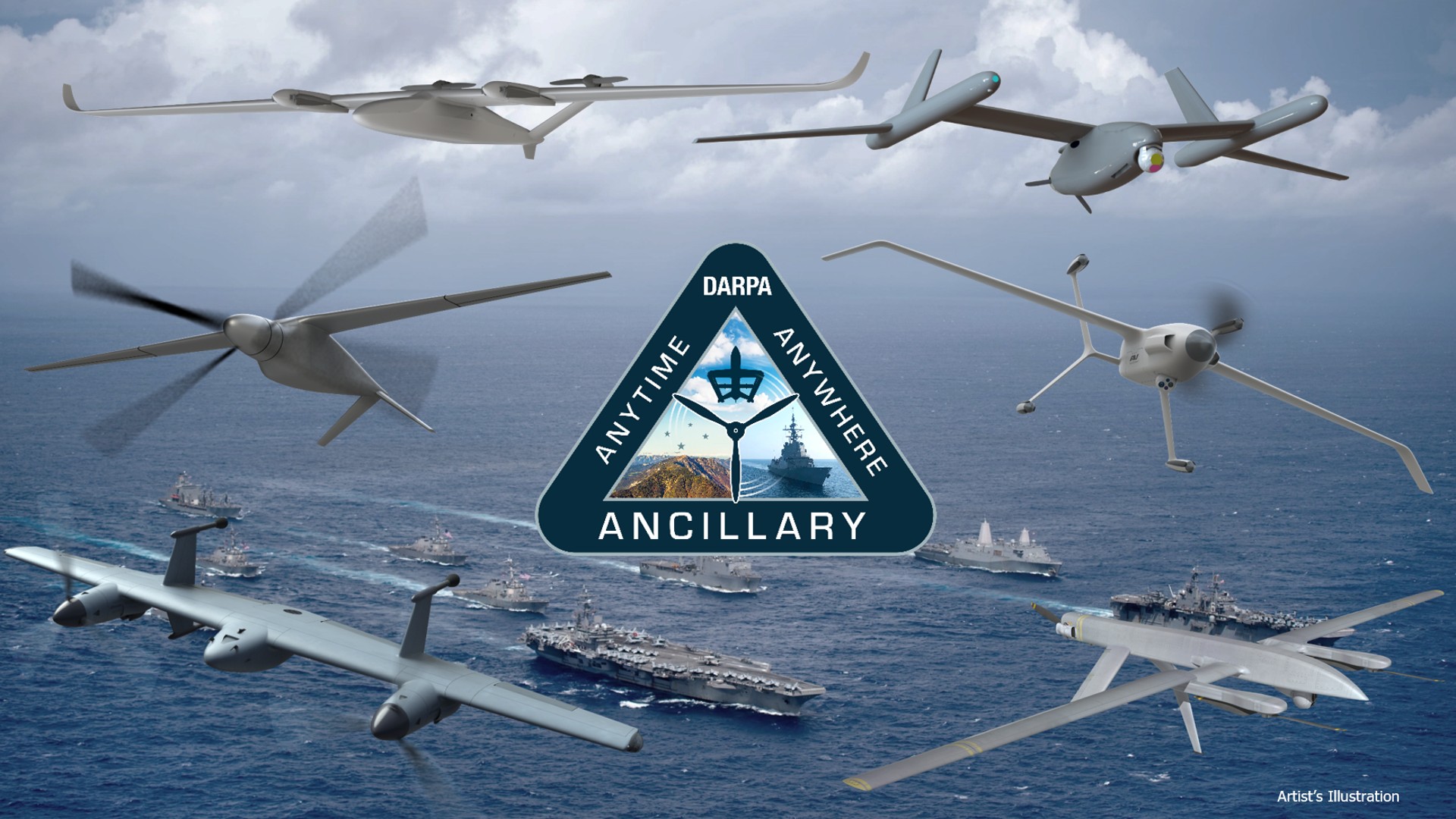What is DARPA?
Everything you need to know about the Defense Advanced Research Projects Agency (DARPA)

The Defense Advanced Research Projects Agency (DARPA) was established in 1958, in the wake of the Soviet Union's Sputnik launch the year before. Worried that the U.S. was losing its technological edge to the Soviets, President Dwight D. Eisenhower created the agency to organize the United States' missile and space projects and align them with the goals of the federal government.
Later, DARPA expanded and began looking into other fields of research, like telecommunications and artificial intelligence, and the agency continues to build research projects around novel technology.
DARPA FAQs
What does DARPA do?
DARPA creates projects that tackle novel research for the U.S. military.
How powerful is DARPA?
DARPA produces impactful research, despite its comparatively small staff. The agency's budget is usually over $4 billion.
What is the DARPA five-year rule?
Instead of pursuing ongoing research projects, DARPA funds projects that typically last three to five years.
Where is DARPA located?
DARPA's home office is located in Arlington, Virginia.
What is the purpose of DARPA?
Despite DARPA's wide-ranging activities across engineering and science, the agency has carried out a specific mission for over 50 years: "to make pivotal investments in breakthrough technologies for national security."
As a federal research and development agency within the Department of Defense, DARPA strives for moonshot technology advances with immediate, real-world consequences. The military agency recruits researchers from across scientific and engineering disciplines to work on projects that typically take three to five years to complete.
"DARPA explicitly reaches for transformational change instead of incremental advances," the agency's website states. The technology that DARPA projects have produced and contributed to — which have ranged from the internet to miniaturized GPS — hold profound implications not only for national security but for everyday people worldwide.
"Though the U.S. military was the original customer for DARPA's applications, the agency's advances have played a central role in creating a host of multibillion-dollar industries," former DARPA Director Regina E. Dugan and former Deputy Director Kaigham J. Gabriel wrote in a 2013 Harvard Business Review article.

How did DARPA start?
Originally named ARPA (Advanced Research Projects Agency), the agency was created in February 1958, following the Soviets' launch of Sputnik in October 1957. Sputnik's launch was a wake-up call, and both the public and the government were worried about ceding technological superiority to a rival nation.
Breaking space news, the latest updates on rocket launches, skywatching events and more!
The idea was to organize the United States' various competing space programs and designate which space-related research was the U.S. military's domain, as opposed to civilian research. By 1960, DARPA had organized and transferred civilian space programs to NASA and military space programs to military branches.
In 1972, the agency's name changed to DARPA. It briefly reverted to the original name in 1993, before the "D" was added again in 1996.
What is DARPA's research?
While DARPA's first priority is national defense, the agency's research has reverberated through everyday life.
In 1958, ARPA initiated the Television and Infrared Observations Satellites (TIROS) project, the world's first weather satellite, which was transferred to NASA the next year. 1958 also saw ARPA authorize the development of a liquid oxygen-hydrogen upper-stage rocket called Centaur, a version of which is still used in the launch industry today.
In the mid-1960s, ARPA began working on the Advanced Research Projects Agency Network (ARPANET), a network that allowed sharing between computers in different places. ARPANET was the initial network that laid the groundwork for the modern internet.
DARPA contributed to military stealth technology in the mid-1970s by developing Have Blue, the first modern stealth aircraft for combat. The agency followed up with the Tacit Blue aircraft, which was foundational for developing the B-2 stealth bomber.
In 1983, DARPA worked on miniaturizing GPS receivers, which helped lighten the load of soldiers on the ground who lugged around large receivers. The technology also improved the U.S. military's ability to make precise strikes on far-off targets. Today, smartphones use the technology for vehicle navigation.
In 2021, DARPA worked with multiple U.S. agencies, as well as universities and the private industry, to create solutions to address the COVID-19 pandemic, including making tests for diagnosing patients infected with the virus.
DARPA is also heavily involved with artificial intelligence research. In 2024, Matt Turek, deputy director of DARPA's Information Innovation Office, said some form of artificial intelligence, machine learning or autonomy is used by about 70% of DARPA programs.

How does DARPA research new technology?
The program managers typically form a team for their project that includes members of academia and the private sector. Rather than pursuing open-ended research projects, DARPA awards contracts for projects that usually last three to five years.
The projects' "intensity, sharp focus, and finite time frame make them attractive to the highest-caliber talent, and the nature of the challenge inspires unusual levels of collaboration," Dugan and Gabriel wrote. "In other words, the projects get great people to tackle great problems with other great people."
Whereas private companies and universities are often somewhat reserved in their research because it tends to be expensive and doesn't always pay off, DARPA takes an entirely different approach: The agency funds high-risk, high-return projects aimed at making big leaps in a chosen field.
Additional resources
The DARPA website provides links to agency news, research and upcoming events.
A selected timeline of DARPA innovation provides a good look at many DARPA research projects over the years.
DARPA's Facebook and X social media pages offer looks into what the agency is up to most recently, including requests for proposals.
Bibliography
DARPA About Page
https://www.darpa.mil/about-us/about-darpa
DARPA Mission Page
https://www.darpa.mil/about-us/mission
DARPA COVID Research Information
https://www.darpa.mil/work-with-us/covid-19
DARPA visitor information
https://www.darpa.mil/policy/visitor-information
DARPA inventions
https://www.darpa.mil/timeline/index
DARPA agency name change
DARPA Artificial Intelligence story
Harvard Business Journal article by former DARPA director and dep. director
https://hbr.org/2013/10/special-forces-innovation-how-darpa-attacks-problems
DARPA Budget Information
Britannica DARPA Entry
https://www.britannica.com/topic/Defense-Advanced-Research-Projects-Agency/Networking

Julian Dossett is a freelance writer living in Santa Fe, New Mexico. He primarily covers the rocket industry and space exploration and, in addition to science writing, contributes travel stories to New Mexico Magazine. In 2022 and 2024, his travel writing earned IRMA Awards. Previously, he worked as a staff writer at CNET. He graduated from Texas State University in San Marcos in 2011 with a B.A. in philosophy. He owns a large collection of sci-fi pulp magazines from the 1960s.
